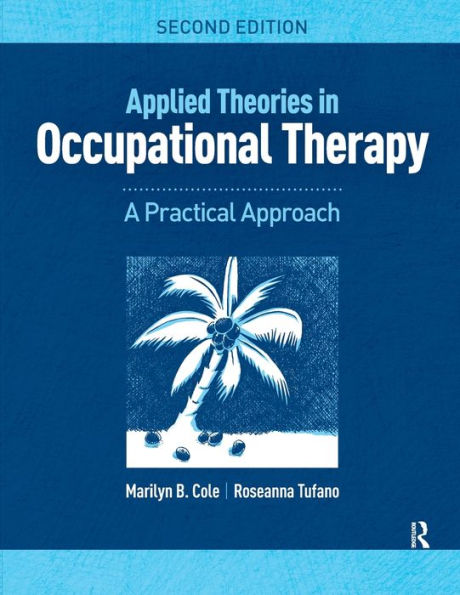5
1
9781617116360



Applied Theories in Occupational Therapy: A Practical Approach / Edition 2 available in Paperback, eBook

Applied Theories in Occupational Therapy: A Practical Approach / Edition 2
- ISBN-10:
- 161711636X
- ISBN-13:
- 9781617116360
- Pub. Date:
- 12/03/2019
- Publisher:
- Taylor & Francis
- ISBN-10:
- 161711636X
- ISBN-13:
- 9781617116360
- Pub. Date:
- 12/03/2019
- Publisher:
- Taylor & Francis

Applied Theories in Occupational Therapy: A Practical Approach / Edition 2
$79.99
79.99
In Stock

Product Details
| ISBN-13: | 9781617116360 |
|---|---|
| Publisher: | Taylor & Francis |
| Publication date: | 12/03/2019 |
| Edition description: | 2nd ed. |
| Pages: | 424 |
| Sales rank: | 490,573 |
| Product dimensions: | 8.40(w) x 11.00(h) x 1.10(d) |
About the Author
From the B&N Reads Blog
